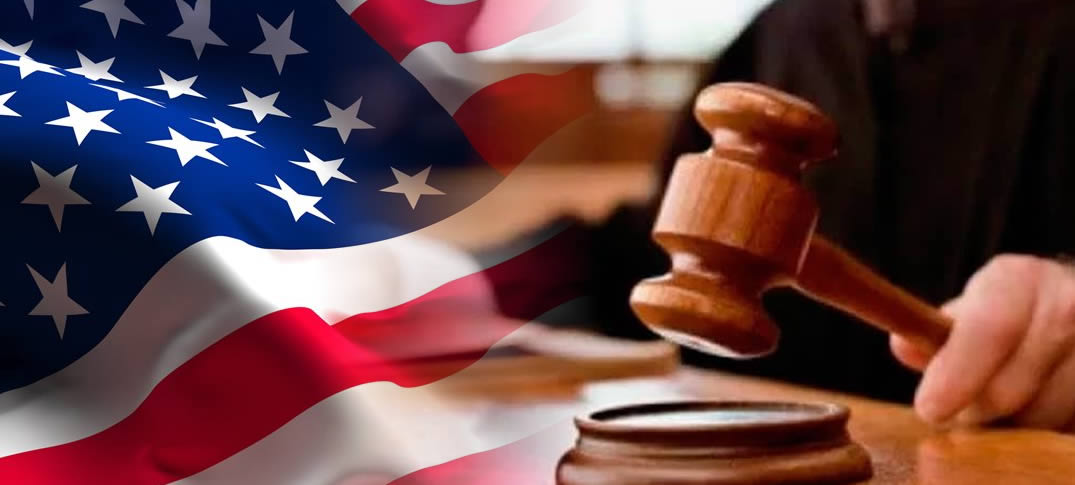20 years ago, Springfield, Ohio, had a problem. Like many communities in the Rust Belt, it seemed like good times were a thing of the past. Once a manufacturing hub, the city had been losing population for decades, with rising unemployment and falling incomes. City leaders set about turning things around, developing a strategy to lure businesses of all kinds to the city. By all accounts, this strategy has been a success. In 2008, a major new hospital was built in the city, bringing in 1,800 new jobs. In 2011, a local university, Clark State, built a large new conference center. Millions of dollars were then poured into revitalizing the downtown, tech companies moved into the region and opened new manufacturing plants, and in recent years, local retail shops in the downtown have begun to thrive. But with success came new challenges; with new businesses pouring into town, the demand for labor increased significantly, and the local labor supply wasn’t enough.
Enter immigrants. Around 2013 to 2014, Haitian immigrants began arriving in the town to fill open job postings. They found a community with a low cost of living, a high number of jobs, and a good quality of life. Those who initially settled in the town then told people back home about Springfield. Over the next decade, more and more Haitian immigrants made their way to the town, due to individual decisions and not government action, filling job openings and working hard in their new community. This organic process sped up in recent years, not only as the situation in Haiti grew more dire and the Biden administration created new legal pathways for Haitians to flee a collapsing country, but also as demand for labor in Springfield continued to rise. As of today, Springfield officials say there are anywhere from 12,000 to 20,000 Haitian immigrants living in the area, near all of whom have some form of lawful status.
More information https://inmigracionyvisas.com/a6126-Immigrants-Are-Making-Ohio-Great.html












